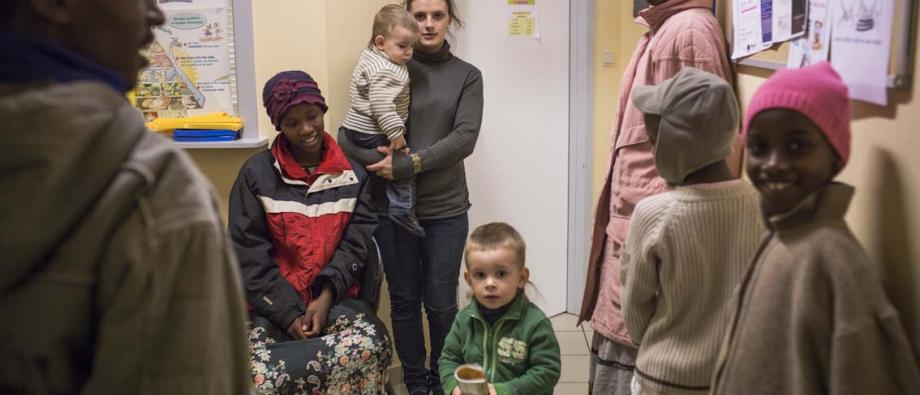
In 2013, 15,455 asylum seekers received a reception place in the network of Fedasil and its partners.
The decrease in asylum applications observed in Belgium in 2012 and then in 2013 has directly resulted in a decrease in the number of people received.62 people/dayIn 2013, Fedasil allocated places to 15,455 asylum seekers, compared with 22,589 people in 2012 – a decrease of 32%. This figure is lower than the number of asylum applications (15,840 cases in 2013), as there is no longer an automatic right to reception for people who have made a second (or subsequent) asylum application. An average of 62 people joined the reception network every day, compared with 92/day in 2012.The occupation rate of reception structures declined for the second consecutive year. The faster processing of asylum applications and the implementation of the return procedure for people who have been turned down led to residents leaving their reception structure more quickly. By the end of 2013, 14,680 people had been received, compared with 21,382 at the end of 2012 (i.e. 6,702 fewer people).Reducing the reception networkAt the end of 2013, the network comprised 21,037 reception places for asylum seekers and other foreigners entitled to reception. These places were divided between emergency reception (400 places), collective reception centres (11,018 places), individual housing (9,214 places) and return places (405 places).Since mid-2012, Fedasil has adapted its reception network to this downward trend in arrivals. The emergency centres opened during crisis periods have been progressively closed, as have some regular centres and individual housing. The closing of reception places continues, with the aim of having a network that better meets requirements, i.e. a total of 18,000 places.However, to be able to respond to a possible crisis, 'buffer places' are planned (1,800 additional places); these are places that are unoccupied but can quickly become operational in the event of unexpected large-scale influxes of asylum seekers. This mechanism will make the reception network more flexible.The statistics on reception are available here.
